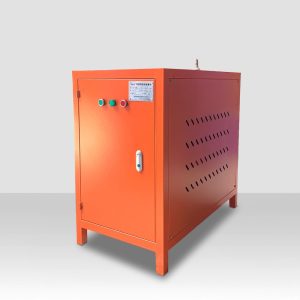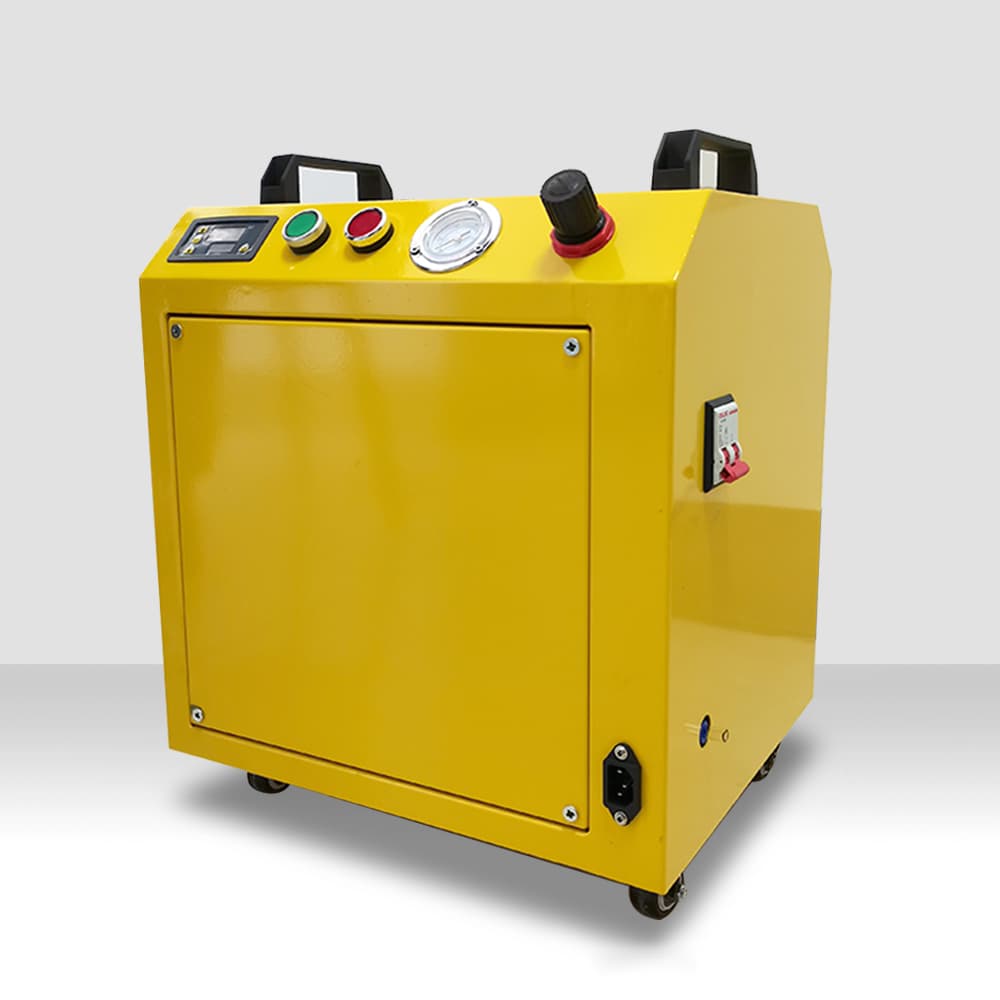Professional solutions on concrete addtives, Concrete Foaming Agent, Superplasticizer, CLC Blocks Additives, and foaming machine
PRODUCT PARAMETERS
Description
Overview of TR-11 CLC Foam Generator
Foam Generator is the main equipment for the production of foam concrete that has a significant impact on the quality of the concrete. A top foam generator designed for concrete not just produces a large amount of foam but, most importantly is the quality of the foam created is top-quality. TR-11 is a portable foam generator was developed through our business. It is suitable for use in labs, small-scale casting-in-situ concrete projects, as well as the pilot lines for the foam concrete product. The most notable benefits that the TR-11 portable foam generator is its lower foam content and moisture, greater foaming agent, higher quality foam with a uniformity and large volume of output from the foam as well as other benefits.
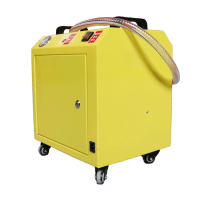
Data of TR-11 CLC Foam Generator
| Model | TR-11 |
| Maximum foam output(m3/h) | 6 |
| Motor voltage(V) | 220 |
| Work rate(W) | 1100 |
| Pressure(Mpa) | 0.5 |
| Pump suction(m) | 1 |
| Dimensions(cm) | 600*400*400 |
| Weight(kg) | 26 |
Usually Need to Be Disassembled
1. After working for a long time, it is found that the foam shape is not good, usually more than three months.
2. Pipe blockage: Some foaming agents in the bubble tube will form a solid residue. In this case, the foam cannot be produced normally, or the pipeline pressure increases sharply. At this time, all the old steel balls need to be taken out and then replaced with a new one. Steel wire ball specification requirements: each blowing tube needs to be filled with about 12-15 steel wire balls. Too much or too little will affect or even destroy the foam’s performance.
Precautions
1. Remember to use electricity safely. If water or foam touches the circuit, you must immediately cut off the power at the remote end to ensure safe production.
2. Air will be in the pipeline when it is used for the first time. The foaming liquid has not been pumped into the equipment quickly. You can wait for tens of seconds until the liquid is filled with the entire suction tube, and the foaming operation can be performed normally.
3. Do not start the equipment when the pipeline is blocked to prevent damage to the components due to overpressure in the pipeline.
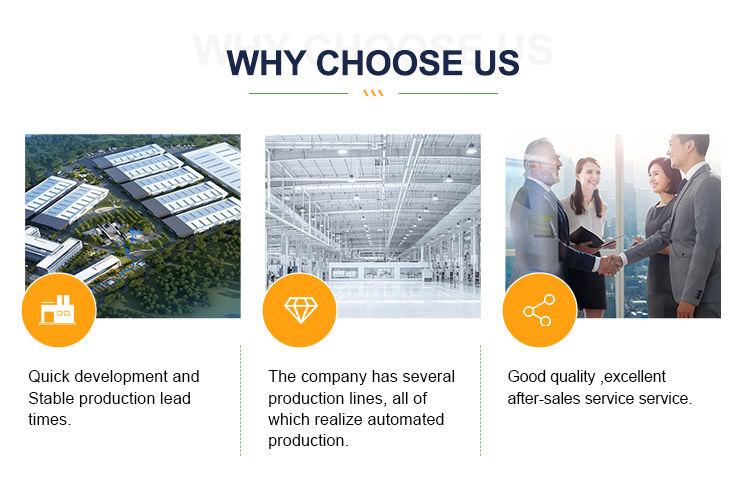
Company Profile
Cabr-Concrete is the global leader in Low-Density Cellular Concrete (LDCC), Celluar Light Concrete (CLC), and advanced engineered foam solutions. Known globally for its commitment to research, innovation, and applied expertise, we have been providing engineered foam solutions since the early 2012’s.
We can supply high-quality equipment such as TR-11 Mini Foam Generator for CLC Blocks, TR75 7.5 kW CLC Foam Generator for Lightweight Concrete, TR30 CLC Foaming Machine Concrete Foam Generator, 13kw High Expansion Foam Generator, TR10 Concrete Blocks Making Machine and other concrete relative machines all over the world.
The company has a professional technical department and quality supervision department, a well-equipped laboratory, and equipped with advanced testing equipment and after-sales customer service center. Send us an email or click on the needed products to send an inquiry: sales@cabr-concrete.com
What Other Issues Need Special Attention During The Production Process of CLC Blocks?
Raw material quality: Ensuring the quality of raw materials is vital to producing high-quality CLC blocks. It is necessary to select high-quality aggregates, cement, and other additives that meet the requirements to ensure the strength, durability, and stability of concrete.
Mix ratio design: Carry out reasonable mix ratio design based on production needs and the performance of raw materials. Through experimentation and adjustment, the optimal proportions of cement, aggregates, additives and other materials are determined to obtain the required concrete properties.
Mixing process: During the mixing process, it is necessary to ensure that the concrete mixture is thoroughly and evenly mixed to avoid aggregation, segregation and other phenomena. At the same time, attention should be paid to controlling mixing time, temperature and other factors to maintain the quality and stability of concrete.
Curing process: After the production of CLC blocks is completed, appropriate curing is required to ensure the hardening and strength growth of the concrete. It is necessary to control the curing temperature and humidity and maintain reasonable curing time to ensure the performance and quality of CLC blocks.
Storage and transportation:During storage and transport, avoid impact, crushing and damage to CLC blocks. At the same time, attention should be paid to keeping the storage place dry and ventilated to avoid problems such as moisture and deterioration of CLC blocks.
Quality control: Establish a complete quality control system and conduct strict quality inspection and control on all aspects of the production process. Trace and handle unqualified products to prevent them from flowing into the market.
Safety issues: During the production process, we must pay attention to safety issues and strengthen safety management and training. Conduct regular maintenance and inspections on production equipment to ensure normal operation and safe use of the equipment. At the same time, attention should be paid to preventing environmental pollution problems such as dust and noise.
Payment
T/T, Western Union, Paypal, Credit Card etc.
Shipment
By air, by sea, by express, as customers request.

FAQ
Q1
How to adjust the parameters of TR-11 Mini Foam Generator for CLC Blocks to obtain the best foam concrete results?
Answer: Adjusting the parameters of the TR-11 Mini Foam Generator for CLC Blocks is key to obtaining the best foam concrete results. Parameters such as the size, number, distribution of pores, and the rotation speed of the mixing blades need to be reasonably adjusted according to actual needs and production processes to achieve the best foam concrete effect.
Q2
How to control the quality of foam concrete?
Answer: Controlling the quality of foam concrete requires starting from the raw materials, mix ratio, mixing process, maintenance process and other aspects. High-quality raw materials should be selected and reasonable mix ratio design should be carried out to ensure the strength, durability and stability of concrete. At the same time, the mixing time and temperature must be controlled, and appropriate curing temperature and humidity must be maintained to ensure the quality of the concrete.
Q3
How to solve the problem of hollows in foam concrete?
Answer: The hollowing problem is one of the common problems of foam concrete. In order to solve this problem, a water-blocking layer can be added between the floor slab and the foam concrete to prevent the floor slab from absorbing water from the foam concrete mixed slurry and fundamentally solve the hollowing problem. In addition, the occurrence of hollowing can also be reduced by strengthening construction quality control and maintenance management.
Q4
How to maintain and maintain the TR-11 Mini Foam Generator for CLC Blocks?
Answer: Maintenance and maintenance of TR-11 Mini Foam Generator for CLC Blocks requires regular cleaning of the equipment, inspection of the wear and tear of each component, and timely replacement of severely worn components. At the same time, attention should be paid to the lubrication and dust-proof measures of the equipment to keep the equipment in good working condition. It is recommended to check and maintain the equipment regularly to detect and solve faults in a timely manner.
Q5
What safety issues should I pay attention to when using TR-11 Mini Foam Generator for CLC Blocks?
Answer: When using TR-11 Mini Foam Generator for CLC Blocks, you need to pay attention to safety issues, such as wearing protective glasses, gloves and other personal protective equipment, and avoid extending your hands or other parts into the mixing area when the equipment is running. At the same time, you need to pay attention to the working status of the equipment and stop it immediately for inspection if any abnormalities are found. It is recommended to conduct regular safety training and drills for operators to improve their safety awareness and response capabilities.
REQUEST A QUOTE
RELATED PRODUCTS
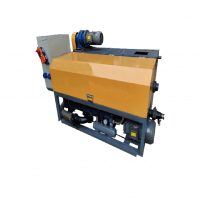
TR-20 Lightweight Concrete Machine
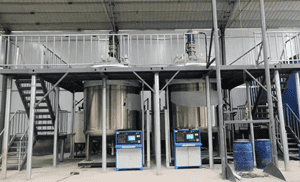
Polycarboxylate Superplasticizer Container Equipment
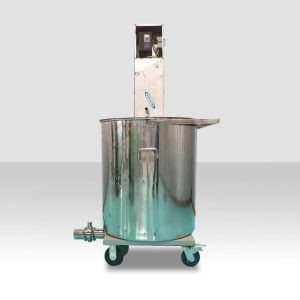
Foam Concrete Mixer Small Concrete Machine Mixer
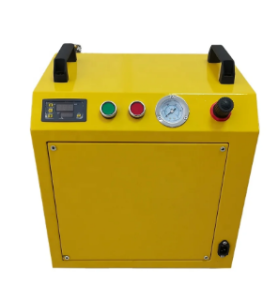
industrial design Equipment for making foam Foaming machine
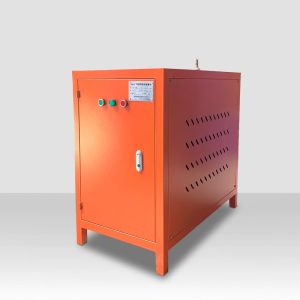
industrial design Equipment for making foam Foaming machine
